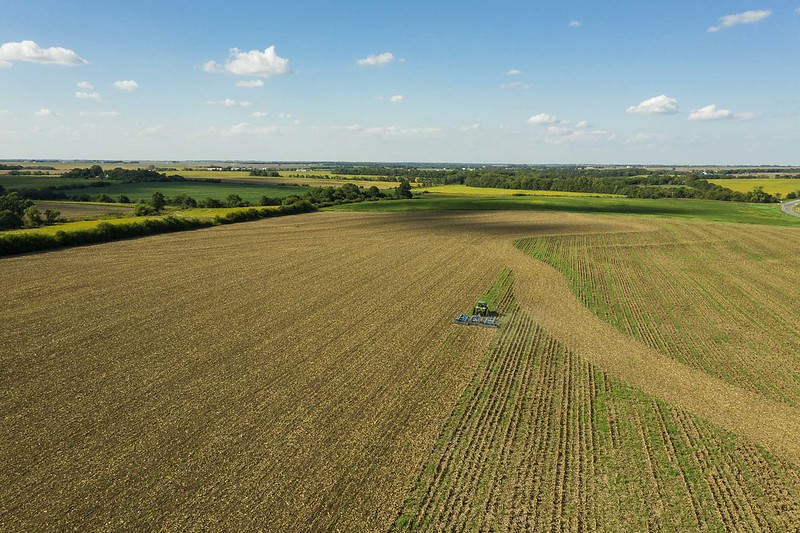
Image: United Soybean Board
Amid shifting political and global dynamics, how do U.S. soybeans perform on the world stage? A new article in Illinois Field & Bean, by the Illinois Soybean Association, explores the advantages that American soybeans offer over their closest rivals.
The article considers infrastructure, specifically, how soybeans are transported and stored, as well as their quality, noting that U.S. soybeans excel in both areas. Sustainability is also crucial, starting on the farm and continuing until the crop reaches its final market destination, with the U.S. presenting a strong case.
According to Abby Rinne, Director of Sustainability at the U.S. Soybean Export Council, “The cultivation aspects are very similar between the U.S., Brazil and Argentina, but where we do see differences are in transportation. Brazil uses mostly trucking, and in the U.S., we use a lot of rail and barge, which is more sustainable. But the biggest environmental difference we see between the countries is in something called land use change because of the deforestation that has occurred in Brazil and Argentina.”
This difference is significant because clearing trees in large quantities (to make way for crops) releases the carbon stored in trees as carbon dioxide into the atmosphere.
The article notes that from 1997 to 2017, USDA’s Natural Resources Conservation Service reported a rise of more than 1.8 million acres in non-federal forest lands, while cropland decreased by 8.8 million acres. In sharp contrast, Brazil and Argentina faced significant deforestation, with Brazil’s soybean acreage increasing by 54.7 million acres and Argentina’s by 23.1 million acres.


